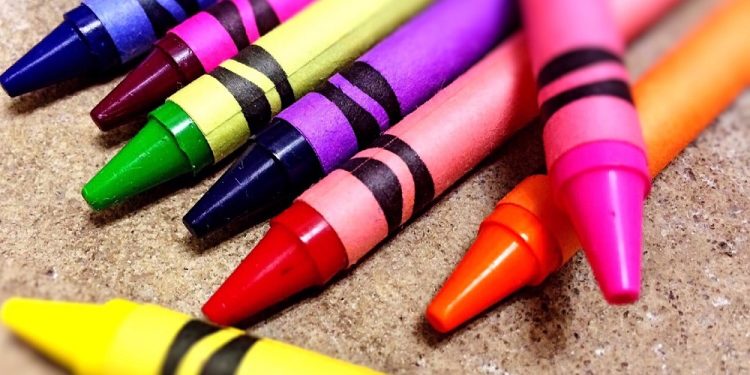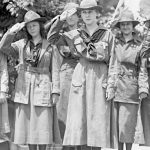
National Crayon Day
Observed annually on March 31st, National Crayon Day is a day to celebrate the invention of crayons and the joy of coloring. While this unofficial holiday is a perfect day to dust off your crayons and spend the day coloring, it can also be a sad day for some people. That’s because Crayola has a tendency to retire old crayon colors on this day.
From 1990 through March 2017, Crayola retired over 50 different colors, which include lemon yellow, blue gray, maize, violet blue, raw umber, orange-red, green blue, and orange-yellow in 1990; magic mint, blizzard blue, teal blue, and mulberry in 2003; and dandelion in 2017.
The History of Crayons
Currently, no one really knows when crayons were invented. All that is known is that the word comes from the mid-17th century and is a conglomerate of two Latin words: “crale,” which means chalk, and “creta,” which means earth. The practice of combining various pigments with oil goes back thousands of years.
It was a method employed by a wide range of different cultures—from the Egyptians to the Greeks and Romans. However, these early crayons were not intended as a writing or drawing instrument for school children and therefore were not used in the classroom in these civilizations.
It was a tool used by adults—mainly by artists. The types of crayons produced back then probably wouldn’t have stood up to the rigor of being used by children anyway. In order for that to happen, a more modern type of crayon had to be invented.
Modern crayons have their roots in the Middle Ages and were often a tool used by artists. These cylinders were shaped like crayons but didn’t have the same composition as the modern crayon.
They were mainly composed of charcoal and oil and were more like pastels. Over the years, crayons evolved as a cross between a pastel and a modern crayon and were popularly used during the 18th century. Eventually, the charcoal in these crayons was replaced with various pigments.
The biggest breakthrough in crayon technology came about when Joseph Lemercier produced a crayon in 1828 that replaced the oil normally found in crayons with wax instead. This produced a stronger crayon that could hold up to more vigorous drawing.
By the beginning of the 20th century, several companies were producing wax crayons in the United States. In 1902, the Crayola brand of crayons was invented by Edwin Binney and C. Harold Smith.
The name was created by Mr. Binney’s wife, Alice Stead Binney, who combined the French word for chalk (craie) with “ole” from oleaginous (the paraffin wax used to make the crayons). Crayola offered 19 different boxes with 30 different colors when they first hit the market.
Between 1903 and 1998, Crayola produced 120 different colors. From 1998 through today, 50 crayon colors have been retired. Today, some of the other brands on the market include Dixon Ticonderoga and Rose Art Crayons. There are also a number of generic brands on the market today as well.
Fun Crayon Facts
- The smell of crayons is the 18th most recognizable scent for adults in the U.S.
- Crayola makes 3 billion crayons a year.
- The favorite crayon color of most Americans is blue.
- The 100-billionth crayon was made by Fred Rogers of Mister Rogers’ Neighborhood in 1996.
- The color of the crayon Fred Rogers created was “blue ribbon.”
- In 1962, Crayola changed the name of the color “flesh” to “peach.”
Celebrating National Crayon Day
National Crayon Day can easily be celebrated by dusting off your box of crayons and sitting down with them to do some coloring—either alone or with your child. This holiday is also the perfect day to introduce a child to the joys of drawing with crayons. If you’re on social media, you can let everyone know you’re celebrating this holiday by using the hashtag #NationalCrayonDay.
If you have gently used crayons, you can always donate them to the Crayon Collection, and they will give the crayons to art schools in need. Another way to celebrate this holiday is by reading “Harold and the Purple Crayon” by Crockett Johnson to your children.








